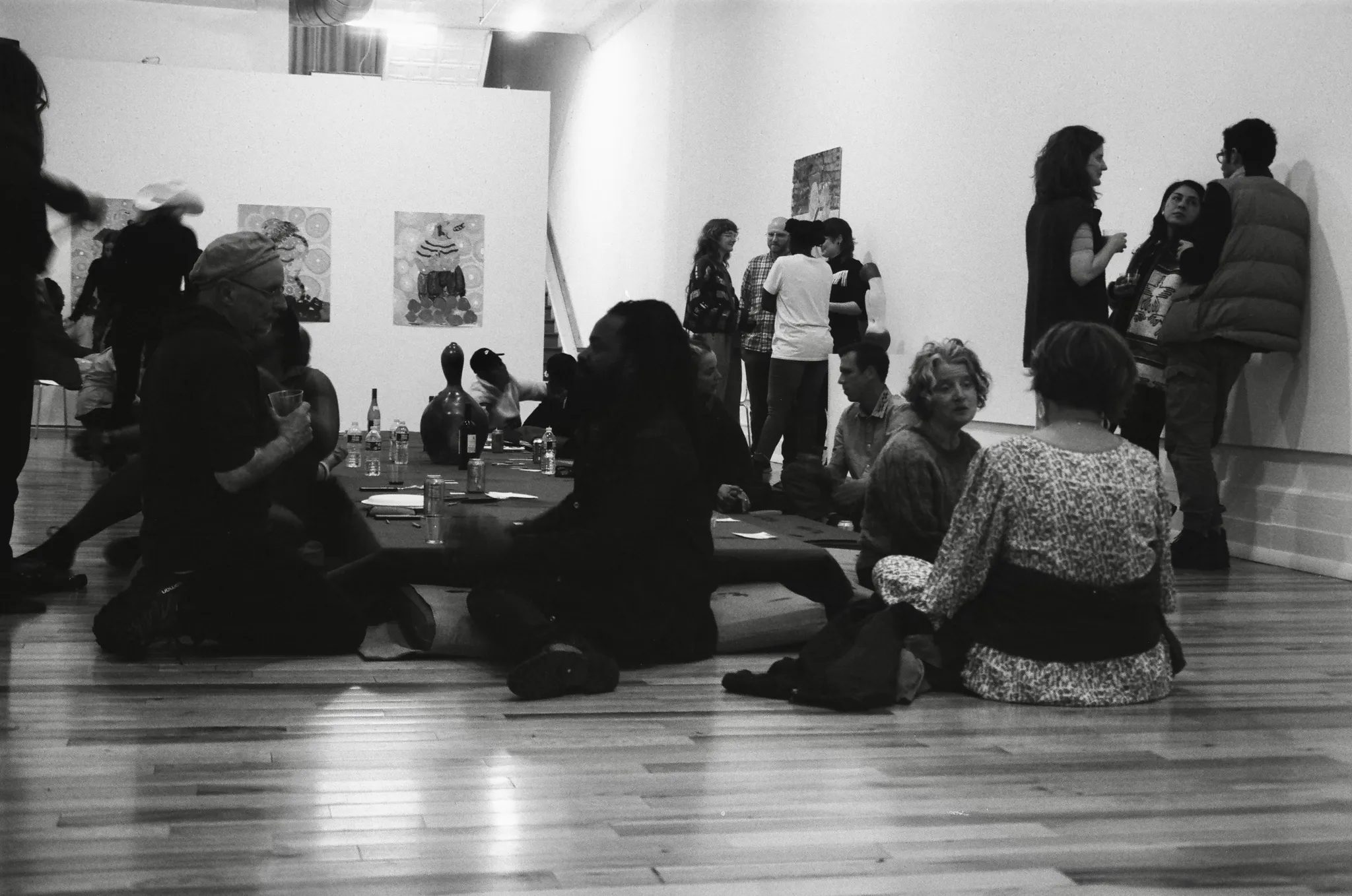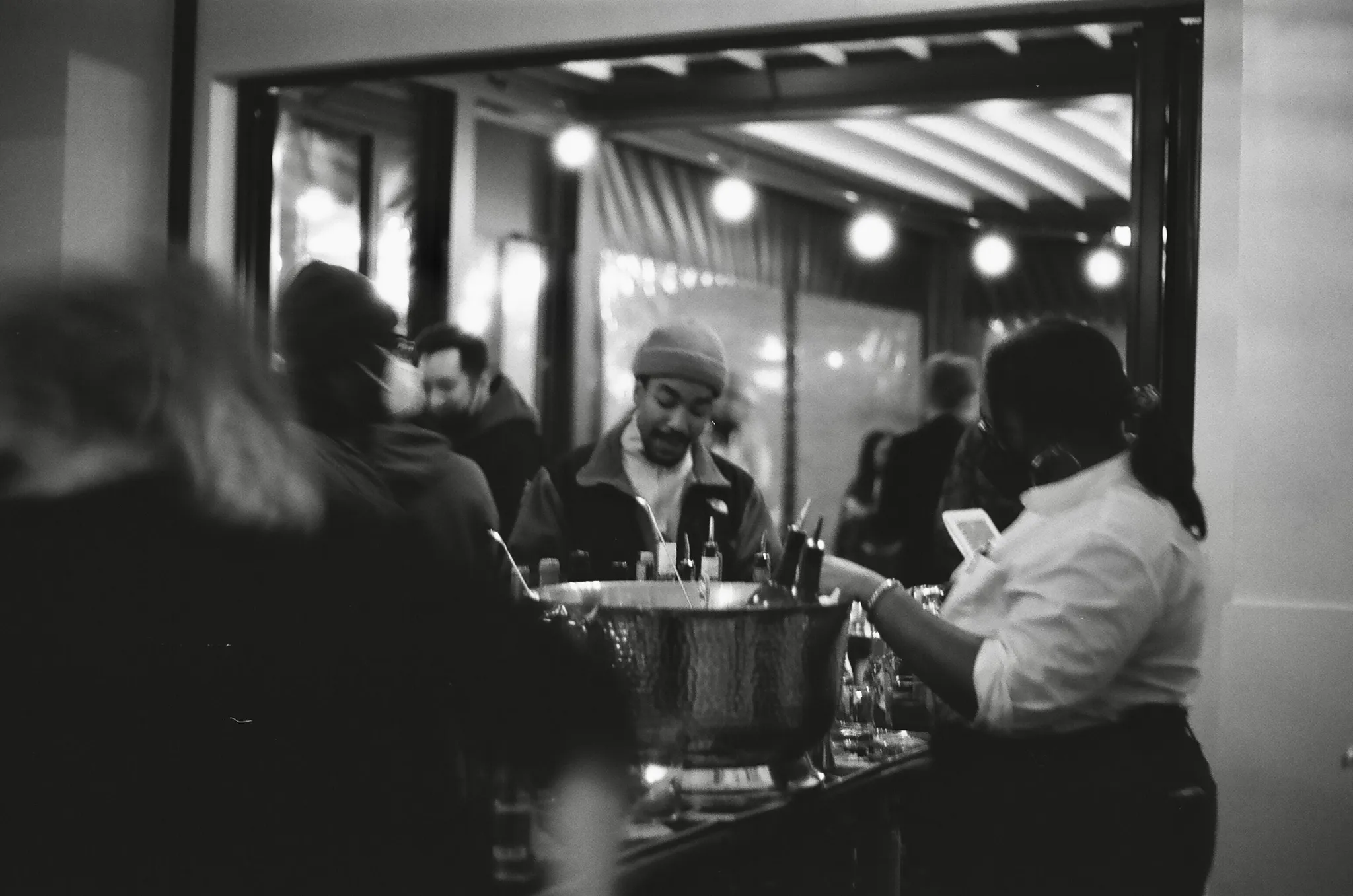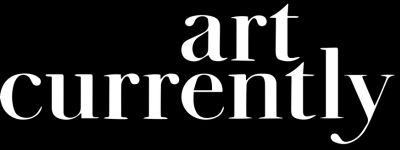Art Militant: Third Spaces as New Cultural Commons of the Artworld

Courtesy Murph Phi
In this week’s column for Art Militant we look to speak for the contemporary mind creating discourse that navigates modern theory exploring the presence of the third space, interchangeably referred to as third place. Whether private or public, these sanctuaries for dialogue influence the ever changing relationship between the artist and the establishment. The art world is a business with no written protocol and is protected by a culture where silence and mystery seems to be the standard, so this week we use our voice to share an outlook on unique experiences and processes that artists, brands, galleries are using to revolutionize communal spaces throughout multiple industries.
The non-traditional art space has always provided an asymmetrical diptych approach to the communication of art. Artist-run movements, initiatives and galleries altered the way many Americans interacted with art in the 70s and 80s New York art scene following the global push in the race for art supremacy – an era that introduced pastimes like 112 Greene Street and studios like PS1 who collaborated with artists to help adapt their work to meet old guard’s requirements while still maintaining integrity amongst the community. Historically seen as eccentric and rebellious to the fine art world, nomadic galleries, digital art spaces and cultural centers have been a catalyst for artists whether through exhibitions, funding, studio residencies or generally assisting both parties to foster relationships in parallel industries such as fashion, music, tech and even in ad space as talent.
While museums, auction houses and commercial galleries still dominate the buying market, the new avant garde exists in more playful, non literal settings. Recently, I had the pleasure to attend the opening of David “Mr StarCity” White’s latest exhibition titled “When We Bloom” at Frevo NYC, a Michelin restaurant in Greenwich Village by chef Franco Sampogna. The restaurant + art gallery concept not only transcends the gallery space and offers a space to engage with both worlds of art and food. New Founders and CEOs like Joshua Glass of Family Style Magazine are embracing the collaborative energy, he goes on record in a conversation with Liam Heiss for Vogue special on the inspiration behind his publication saying, “You’re thinking about who is best sitting next to who, and who complements each other across the group as a whole, and how to ensure there’s a diversity of conversation. We’ve all been to dinners where it’s only fashion people, and you’re just talking about the runway shows. How boring! The same goes for art and design. The whole idea of a dinner party is to have a mix. And I thought if a dinner party could be like editing a magazine, then a magazine could be like hosting a dinner party—and that’s really the idea of Family Style.”
With the many intersections between art and its collaborative industries, the optics on duty and participation in the industry is much more fluid than ever. Artists and curators continuously blur the line of what’s customary when hosting outside of institutions in attempts to be respected for authenticity but taken seriously. Within the idea of respecting the traditional artform of interpretation, a space that doesn’t present itself as literal as a gallery allows more opportunity for artists to present works (in their comfort zone) outside of the conventional white cube.
Contemporary artists are now either giving in to or challenging corporate pressures around the algorithm and its demands of having an online presence for consideration. Social apps and media platforms allow both the artist and the curator a seamless advantage in gaining new engagement through world building, a popular theoretical method more associated with films and fiction but prevalent within the process of conceptual art practice. When you properly unpack an artist's exploration through fantastical influence or their imaginative approach to retrospect there are instances where the artist and observer need a mise en scene to explicate the vision for a body of work.
An important perspective to assess when measuring a contemporary artist's trajectory is individual access to members of the greater institution like press, critics and journalists in order to create relationships that serve the artist outside of curation but the greater issue in our industry is the fact that galleries and museums do not host these two communities simultaneously. This separation of interest has been an age-old obstacle for artists maneuvering through networks without being directly associated with bigger organizations, management or agency. The marriage between these sects typically happens in gatherings that support exhibitions like workshops, open studios and curated catering events rather than white wall spaces.
Spatially, the third place mobilizes the environment of a completed series yet the same spirit of optimism remains. Whether at a studio visit with an independent artist or an exclusive dinner with a mega art advisory, there’s usually no difference in intentionality. These spaces have always presented possibilities for early career artists and industry adjacent companies who wish to build community through a plateside intellectual conversation, or a curated oratorical engagement to hold conversation around the nature of their work. Recently, due to factors like inflation affecting the real estate market in most metro cities, social programming has become a first option for curators without the budget to rent commercial galleries for full length exhibitions.
Amidst recent economic pressures, the American art buying market continues to expand as the volume of producers and collectors gradually rises yearly. UBS reports that total transactions rose 3% from 2023 with 44% being new buyers. 2024 also saw a breath of inclusivity and accessibility: “Total global art sales declined 12% year-on-year in 2024, falling for a second year following a period of post-pandemic recovery up to 2022. The contraction was most evident in the high-end market, whereas sales were stronger at the lower end, with smaller dealers with turnover less than USD 250,000 reporting annual sales growth of 17%, and fine art auction sales at prices less than USD 5,000 increasing, underscoring a diversification of buying activity.” – Art Market Report 2025
The third space decentralizes the transaction of culture and commerce with more control to the curator and artist. Ironically, the patrons who make up the guest list for most special programming and private events often leaving curators deliberating why there’s drawback when the idea of third things don’t jeopardize the gallery traffic and a wide spectrum of enthusiasts, speculators, wanderers and casual observers proving curiosity will always be paramount in this province of presentation. This confirms whispers of a new power shift to artists which, in reality, seems more apparent than ever as we see a rush in demand for more curious programming opening the door for a new exciting landscape.


